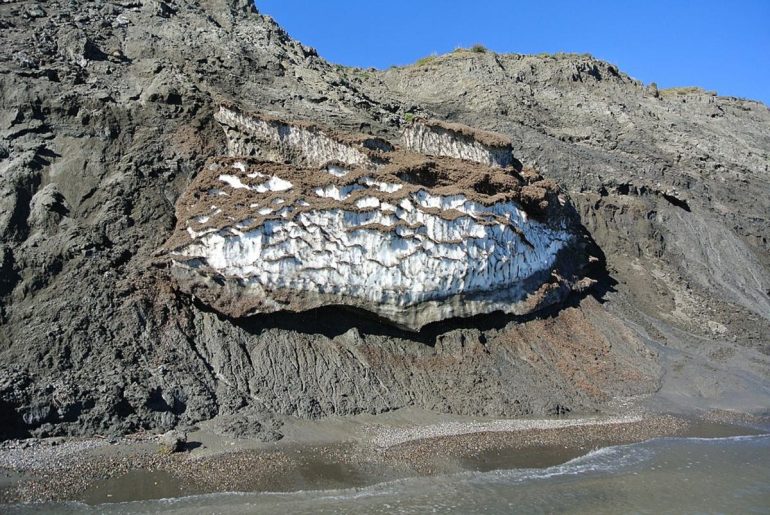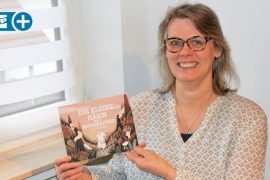11/23/2021 – Researchers at the Alfred Wegener Institute and the Helmholtz Center for Polar and Marine Research have discovered the oldest permafrost ever found in Siberia. Researchers are now investigating how to save permafrost. Agriculture on the permafrost will also be an issue.
Permafrost survived historic summer time
Permafrost is both very flexible and very delicate. This is proved by the discovery of the oldest permafrost ever found in Siberia. Researchers took soil samples from a crater in eastern Siberia that was formed by melting ice. The frozen ground is at least 650,000 years old. This suggests that permafrost has already survived fairly warm periods in Earth’s history without completely defrosting.
There have been repeated voices of researchers in the past who saw no salvation for the world’s permafrost. He assumed that permafrost soils would automatically melt if the climate warmed. The age of permafrost now proves that is not necessarily the case.
The so-called thermokarst crater, however, shows how vulnerable the ecosystem needed for permafrost is and how quickly it can be destroyed. The international research team believes that the upper, protective layer of permafrost in Bagtai has slipped as a result of deforestation and the use of tracked vehicles. The open permafrost is now melting, although the average temperature on the slopes is minus 10 degrees Celsius. So far, researchers believe the damage is irreparable.
Carbon remains inactive in eternal ice
Permafrost soils are part of the arctic tundra ecosystem. Basically, soil is said to be permafrost if it is permanently frozen for more than two years. Most permafrost soils can be found in the Arctic, sometimes hundreds of meters deep, and are usually older than two years. A huge amount of ancient biomass is frozen in the depths of the Arctic. Many contain carbon deposits that date back to the last ice age or even earlier. So permafrost soils are huge carbon sinks. The IPCC estimates that the amount of CO presently in permafrost soils is more than double2 which is presently in the atmosphere.
The melting of permafrost can have disastrous consequences. Large amounts of CO. apart from the release of2 and methane, condensation in massive amounts could potentially affect ocean currents. The melting permafrost is already literally dragging the soil beneath the feet of the people who live there. Roads, houses and pipelines are losing their foundation and sinking.
cultivate snowy land
Some researchers and politicians argue that changes in temperature in the Arctic also open up opportunities. They believe that as global warming increases, global agriculture will shift north. So Russia in particular sees itself as a potential winner of climate change.
However, scientists are still divided on whether and to what extent and for what purpose agriculture on permafrost soils is feasible and sensible. On the one hand, there are already people who plow the snowy ground. In the Yukon in northern Canada, the first farmers settled and cultivated plants in the top layer of permafrost. In the current project, the Thunen Institute in Braunschweig is researching how agricultural use of thawing permafrost soils affects soils in the Yukon. breaking the ice, The first results from their research suggest that planting results in the formation of new, fertile soil in the upper thawing layer of permafrost.
Research is also being conducted on breeding cattle on permafrost. Scientists at the Alfred Wegener Institute for Polar and Marine Research in Potsdam have been studying the properties of permafrost for many years. In collaboration with Russian scientists, they are constantly pursuing a large-scale project in Eastern Siberia, the so-called Pleistocene-Park, The thesis behind the project is that thawing of permafrost can be stopped if the original steppetundra is restored. Preliminary results suggest that the soil on which the animals graze stays cooler in winter and stores more carbon accordingly. Grazing animals, as well as local cattle breeding, can thus ensure that the permafrost soil is preserved. JB

Devoted web advocate. Bacon scholar. Internet lover. Passionate twitteraholic. Unable to type with boxing gloves on. Lifelong beer fanatic.





